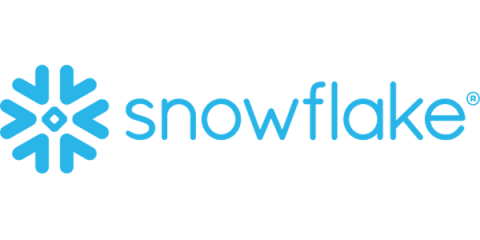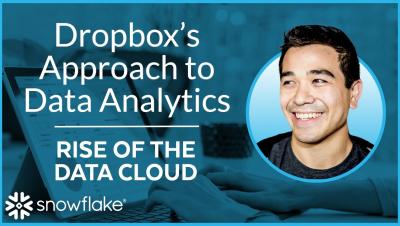Demystifying Cloud Data Egress Costs
Understand the impact of data transfer and egress costs across Azure, Amazon Web Services, and Google Cloud platform in data integration One of the most frequent questions asked by cloud-savvy, price-aware customers is something like: Ok, so we like that your tool makes it easy to integrate our cloud database and storage in our centralized data warehouse, but I know our budget will be scrutinized for Total Cost of Ownership (TCO), including our data egress costs.











